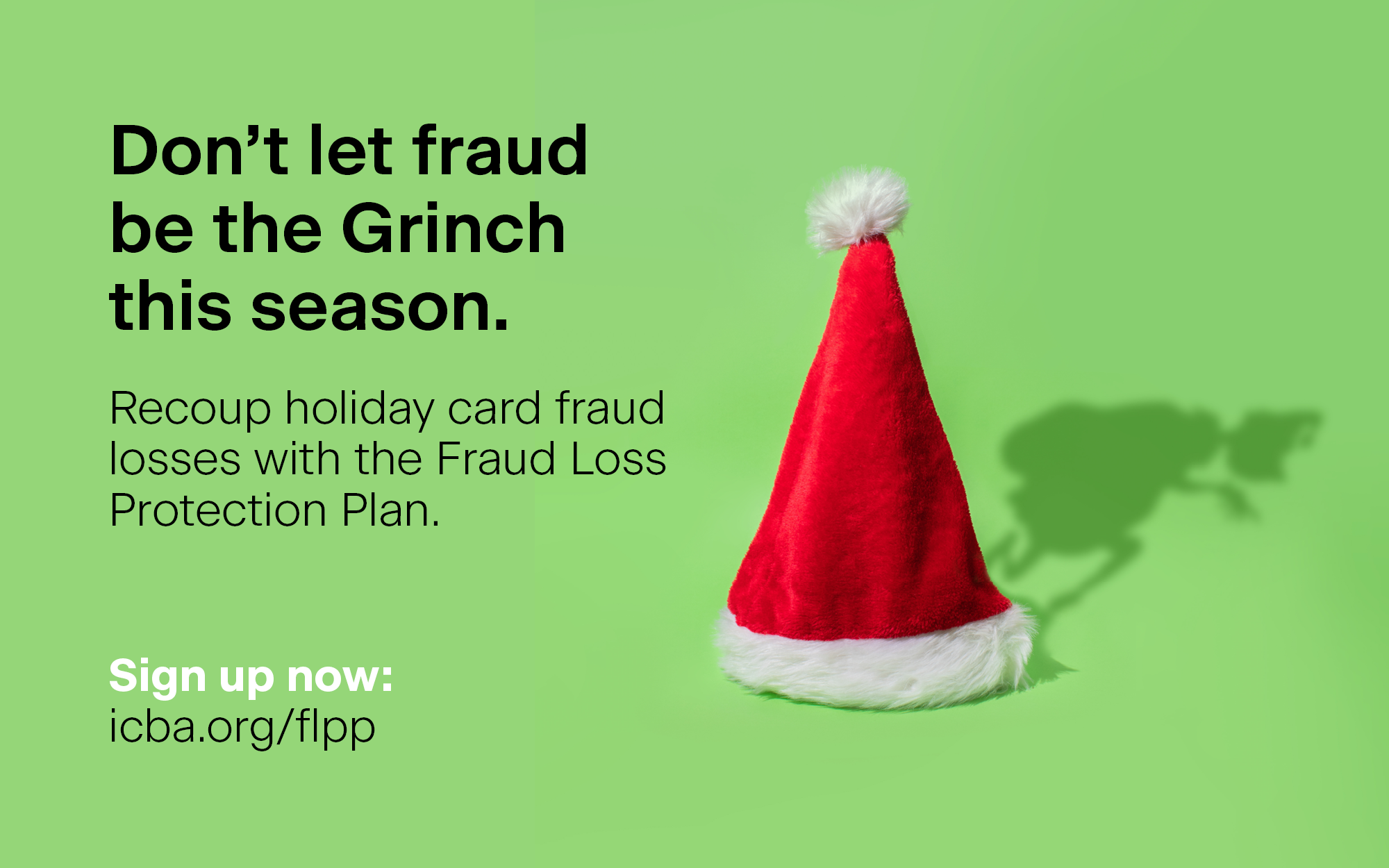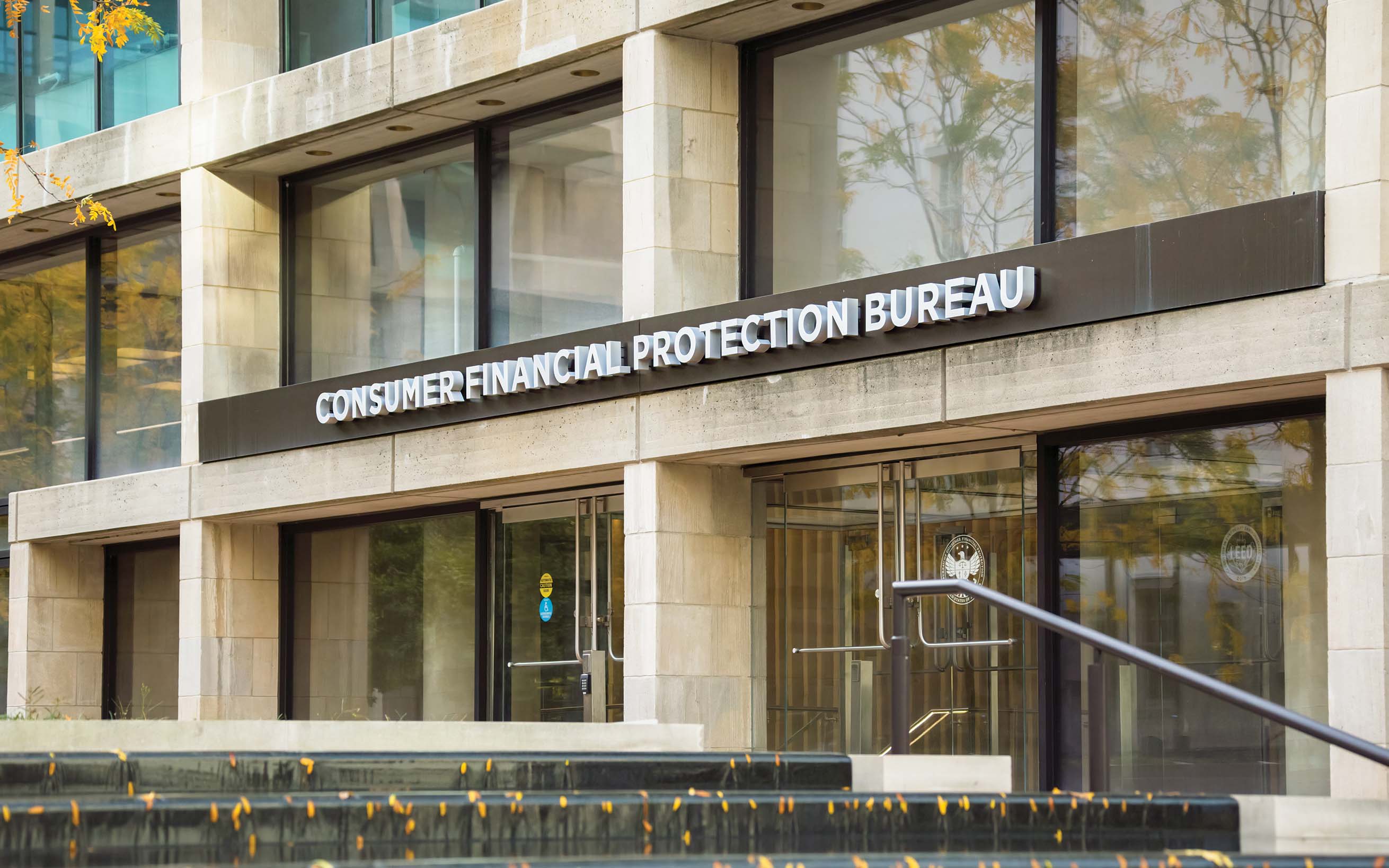In the face of disproportionate compliance requirements, ICBA is advocating for threshold changes that would lighten community banks’ regulatory burden.
Michael Emancipator: ICBA Speaks Out Against One-Size-Fits-All Regulations
February 05, 2025 / By Michael Emancipator
In the face of disproportionate compliance requirements, ICBA is advocating for threshold changes that would lighten community banks’ regulatory burden.
Over the years, our industry has experienced an increase in regulatory burden that threatens community banks’ ability to focus on what matters: their local community and beloved patrons. That’s why ICBA continually advocates for regulators and lawmakers to tailor regulations based on risk, size or activity in order to counteract one-size-fits-all regulations. If regulations are not tailored, many community banks might have to comply with rules, laws or regulations not designed for them and that have no basis in terms of what their activity truly is.
Congress and regulators will often tailor regulations using various thresholds, such as a bank’s asset size or activity. For example, a well-known asset-based threshold is the Community Reinvestment Act, where banks’ obligations and requirements differ, depending on their asset sizes. In contrast, Bank Secrecy Act regulations are tied to the dollar amount of the underlying activity. Even coverage under the Home Mortgage Disclosure Act is based on the number of home loans that the bank originates.
Many regulations include built-in thresholds, explicitly through statute, while others are subject to agency discretion. However, some of the threshold exemptions were put in place over 40 years ago and haven’t been updated since, and some have floating thresholds that automatically adjust over certain periods of time, such as threshold changes based on inflation. Yet, even those floating thresholds generally have not kept pace with changes to the industry or are no longer appropriate to community banks’ risk profile.
Top regulatory concerns
Many banks remain subject to certain regulations that don’t factor in the changes that have taken place in the years—or decades—since the law or regulation was finalized. Rightsizing these thresholds is a priority for ICBA and its members in 2025.
Of all the regulations that are ripe for reform, the recently finalized Section 1071 rule is a top priority. The rule mandates that banks collect and report 81 data points on small business loan applications, including the race, sex and ethnicity of the business owners. However, the rule has two regulatory thresholds that provide ICBA with opportunity to change.
The first threshold is based on the bank’s activity, where banks that originate 100 or more small business loans are covered by the rule. Those that originate fewer are exempt. This threshold is entirely too low, and ICBA has advocated for it to be increased to as many as 1,500 loans.
The second coverage threshold is based on the definition of “small business,” which is currently set at $5 million in gross annual revenues (GAR). ICBA will fight for that threshold to be lowered, so that only businesses with $1 million or less GAR will be considered a “small business” and thus require banks to collect their information. The $1 million GAR threshold tracks with our polling, which found that 90% of the U.S. population believes a business is “small” when its GAR is $1 million or less.
Pinpointing inequity
At a high level, ICBA has identified nearly two dozen other rules and regulations that could be adjusted to account for changes in macroeconomic situations and typical bank activity to more accurately exclude community banks from some of these regulations and to rightsize the regulations.
Changing some of these rules and regulations would require an act of Congress, while other adjustments could be handled through the regulatory process. We’re optimistic that we have good relationships with the incoming administration, and with both the Senate and the House on the congressional side, to at least bring many of these topics and requests to bear.
Apart from the ongoing congressional and administrative transitions, the banking agencies are undertaking an Economic Growth and Regulatory Paperwork Reduction Act (EGRPRA) review process. Once every decade the agencies are required to go through the entirety of their regulations and solicit public comment and feedback on which regulations are no longer needed and which should be tweaked.
This fine-tuning of regulations presents a good opportunity for community banks to weigh in and write letters directly to the government agencies, voicing their concerns. There are also opportunities to participate in meetings or deliver testimony to agency staff.
The EGRPRA process is staggered, providing a total of six review periods. While the agencies have already completed two reviews, there are four additional reviews through the end of 2025. When the review is complete, the agencies will produce a report that outlines their plans for implementing changes identified or requested in the comments. ICBA is releasing grassroots action alerts, and bankers are encouraged to participate in this opportunity.
Take action with ICBA
Advocate for fair regulatory thresholds using ICBA’s Grassroots Action Center at icba.org/beheard
Subscribe now
Sign up for the Independent Banker newsletter to receive twice-monthly emails about new issues and must-read content you might have missed.
Sponsored Content
Featured Webinars
Join ICBA Community
Interested in discussing this and other topics? Network with and learn from your peers with the app designed for community bankers.
Subscribe Today
Sign up for Independent Banker eNews to receive twice-monthly emails that alert you when a new issue drops and highlight must-read content you might have missed.
News Watch Today

Join the Conversation with ICBA Community
ICBA Community is an online platform led by community bankers to foster connections, collaborations, and discussions on industry news, best practices, and regulations, while promoting networking, mentorship, and member feedback to guide future initiatives.












